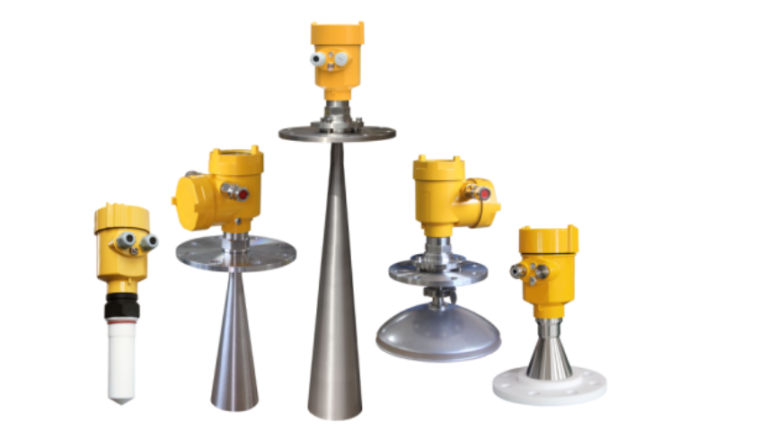The production of nano calcium carbonate involves a very important tank, namely the slurry tank. For the level measurement in this tank, we have more or less described some of the content before. Today, the focus is on the medium in this tank and to see what aspects of the radar level meter need to be brought to attention when measuring this medium.

In nano calcium carbonate production, the medium in the slurry tank is mostly a calcium carbonate slurry or a calcium hydroxide lime emulsion slurry.
Both media are a mixture of liquid and solid. At room temperature and pressure, there is a certain amount of viscous material present in the tank, which can easily produce precipitates of calcium carbonate.
The aqueous solution of lime milk is generally referred to as lime water, but in large quantities, lime milk can form a lime slurry or lime milk. This medium is alkaline.
A calcium carbonate solution, also a mixture, is a blend of water, calcium carbonate, and an acidic dispersant system.

Radar level meters are prone to the following problems when measuring such media.
Firstly, the prolonged presence in such an environment makes it prone to adhesion and precipitation of calcium carbonate material. In order to reduce the impact of adhesion and precipitation on the radar level meter, it is advisable to develop reasonable maintenance and cleaning measures.
Secondly, to avoid slurry precipitation and changes in media concentration, stirring devices are installed in the slurry tank. During the operation of the stirring device, the slurry level will vibrate and foam or vortex will be generated, which will have a greater impact on the radar level meter, so when selecting the type, attention must be paid to this feature.
The medium in the slurry tank, at room temperature and pressure, is a state. During operation, the medium in the tank will change to a greater or lesser extent. When selecting and installing a radar level meter, care must be taken to study and analyze it.
Radar level meter for level measurement of the medium in the tank, the first thing to focus on is the medium in the tank, followed by the structure of the tank and the measuring range, and finally the obstacles in the tank and the surrounding environment. In this way, you can fully grasp the working conditions, choose the right type of radar level meter and install the radar level meter in the right place.
